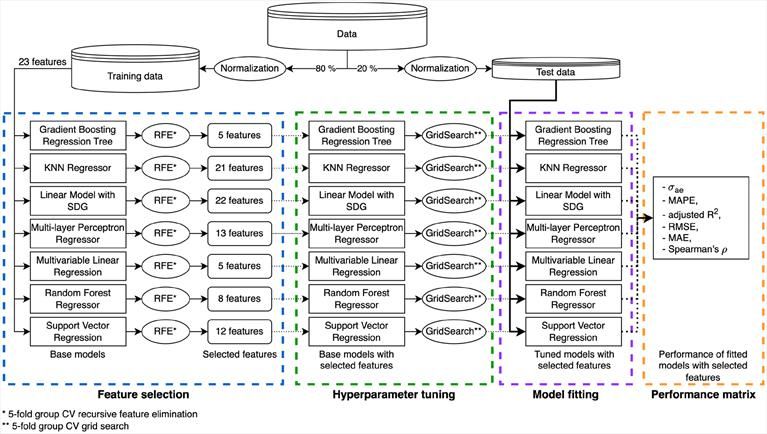Stipendiat in Oslo, 🇳🇴 | prior hospitalist | Stuck between 3 continents/still fresh off the boat | RT≠opinion≠others'
www.nejm.org/doi/full/10....
Reports that in (non-blinded trial) patients with shock, management *without* early a-line insertion was noninferior to early catheter insertion…. #Lives2025 #criticalcare

Read it free from JAMA: tinyurl.com/mjcj8s5w
#Lives2025 #criticalcare

Reposted by Benjamin P. Geisler

Read it free from JAMA: tinyurl.com/mjcj8s5w
#Lives2025 #criticalcare
Reposted by Benjamin P. Geisler

www.nejm.org/doi/full/10....
Reports that in (non-blinded trial) patients with shock, management *without* early a-line insertion was noninferior to early catheter insertion…. #Lives2025 #criticalcare

As we rush to deploy A.I. in healthcare, teaching algorithms to recognize their own limitations isn't just good science, it's a patient safety thing.
Worth your time.

She decided to share her diagnosis on her own terms and brings up things here about Parkinson's (and about triathlons as a PD treatment) that no one ever does
www.nytimes.com/interactive/...

Do patients truly understand the risks we communicate?
European Hospital features discussion on medical risk communication across different cultures & systems.
x.com/AdamRodmanMD/s... (yes, X, but worth your while)



Our EU project partner @erasmusuni seeks Associate Prof in Health Economics & Modelling! 📈🏥 Join 100+ health economists in Rotterdam 🇳🇱
Check it out here and apply today:
www.academictransfer...
#HealthEconomics #HEOR #AcademicJobs

www.nejm.org/doi/ful...
8/8
7/8
6/8
5/8
- an 87% relative risk reduction (HR 0.13, 95% CI 0.04-0.36, p<0.001)
Number needed to treat = 12
4/8
600 patients with provoked VTE + ≥1 enduring risk factor received apixaban 2.5mg BID vs. placebo for 12 months after completing ≥3 months of initial anticoagulation.
3/8
What about patients with enduring risk factors like obesity, chronic lung disease, or autoimmune disorders?
2/8
This will likely be practice-changing: HI-PRO challenges the current practice re: anticoagulation duration for "provoked" VTE
1/8 📊

🔍 Learn more about the projections (incl. brilliant viz) directly from the Guardian article:
www.theguardian.com/...
Thoughts?

⚖️ Migration is one factor shaping Europe’s future. Employment rates, pension reform & healthcare capacity also matter. Some rural areas face depopulation, but newcomer resettlement projects show potential to revitalize communities.

🏥 European health systems depend heavily on foreign-trained doctors. Norway, Ireland, Switzerland, UK & Sweden have 30-44% foreign-trained doctors.
🇳🇴 relies on Norwegians educated abroad due to limited domestic medical school slots.

💸 Tax burdens are rising as pension & elderly care costs grow. These demographic trends will put greater fiscal pressure on governments & societies in decades ahead.

📉 Low birth rates drive native population decline. Without migration, the EU population could fall from 447M today to ~295M by 2100. The share of 65+ could rise from 21% to 36%, increasing care burdens & government spending.

🌍 Europe faces a major demographic challenge. By 2100, the 🇪🇺’s population may shrink 6% with migration, but over 1/3 without it. Countries like Italy, Germany & France could face economic pressures from ageing populations & shrinking workforces.
#Demographics #Europe

Looking forward to validation.

Apply by Sept 30!
#PhD #HealthEconomics


